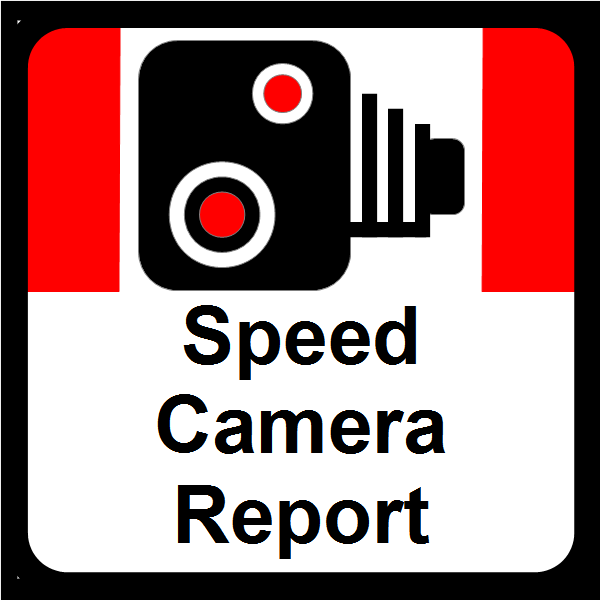WHY NOT JUST READ THE OFFICIAL REPORTS ON SPEED CAMERAS?
If road safety reports are not read and understood, false conclusions can go unchallenged.
- We need to be far more critical of the evidence on which policy is based.
The 4YE (The national safety camera programme, Four-year evaluation report). (download)
The 4YE is the largest and most comprehensive speed camera report in Britain but it is a very deceptive report.
The conclusions in the summary are not supported by the evidence within the report. The Executive summary (p2):
- “Overall 42% fewer people were killed or seriously injured. At camera sites, there was also a reduction of over 100 fatalities per annum (32% fewer). There were 1,745 fewer people killed or seriously injured…”
But the authors knew that these reductions were not caused by the speed cameras.
Near the end of the report (from p141) there is an estimate of the effect of site selection (they call it RTM, or regression to the mean). It says (p155):
- “Thus RTM accounts for about three fifths of the observed reduction in fatal or serious collisions with the effects of the cameras and trend each accounting for a fifth“.
So most of the reductions would have occurred anyway without the cameras, and the cameras only caused a relatively small further reduction. But …
Is the RTM estimate accurate?
- The section on RTM at the end (p141) is the only section that evaluates the effect of speed cameras on collision rates.
The report uses the EB (empirical Bayes) method. Whilst it may look complicated, the theory is quite simple.
First a “collision prediction model” is created using data from roads that don’t have cameras. The model is designed to estimate how many collisions would have occurred at the camera sites had the cameras not been installed. This estimate can then be compared to the number that did occur. The report states (p147):
- “…provided that collision frequency is the primary criterion for site selection, any bias introduced by using unmodelled site characteristics for site selection is likely to be small.”
- “…camera sites are primarily selected on the basis of high numbers of observed collisions…”
Those 2 statements together mean they believe that their model is accurate, but they then state (p147):
- “It is only if it were possible to include all of the variables … that the after collisions at the camera sites could be expected to be less than the modelled values for these sites.”
You may have to read that very carefully. It tells us that the number of collisions at the camera sites must have been higher than their model predicted. In other words, their model was saying:
- Speed cameras are causing an increase in fatal and serious collisions.
This result, though, was thought to be impossible (p148):
- “… if the speed variables were reduced by the camera the observed collisions would then have to be less than the model predictions.”
But this is a fundamental error. It says that if speed is reduced, then collisions must be reduced. The problem is that cameras don’t just reduce speed, they can also have negative side effects. In the language of the report:
- “Cameras can reduce the speed variables, but can also increase several other variables”.
- including sudden braking, and drivers attention being diverted away from the road ahead, etc.
Having decided that the cameras could not have caused an increase in collisions, their final result would need to be the opposite of what their model had suggested. So what they did was to add some of the collisions that had occurred before the cameras to the model estimate. The estimate was thereby increased until it was above the collision rate at the camera sites. This allowed them to present a final result suggesting that the cameras had caused a small reduction in fatal and serious collisions, rather than the increase found by their model.
How much was added to the model prediction is not stated but the increase does 2 things:
- it introduces some RTM into the result and
- it allows an increase in serious collisions that did occur, to be reported as a reduction.
The EB method in the report therefore presents a choice of 2 results at the camera sites:
- There was an increase in fatal and serious collisions caused by the cameras and errors in the model.
- There was a small reduction in fatal and serious collisions caused by the cameras and some RTM.
The true effect of the cameras may well be somewhere in between, so we must conclude that:
- The evidence does not establish that speed cameras have saved any lives, or prevented any serious injuries.
For an explanation of RTM, and how to get rid of it: RTM.

